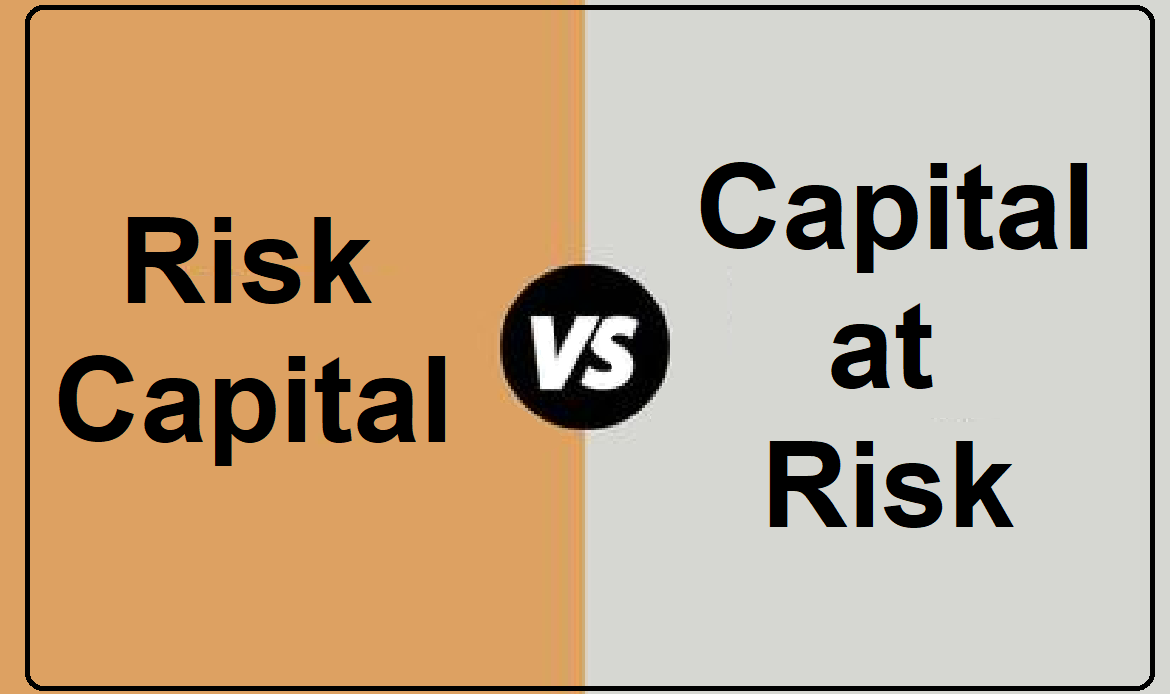
Foreign exchange risk (FX risk) is defined as the potential adverse effect arising from changes in the exchange rate between certain pairs of currencies that could cause a negative impact on the valuation of an entity’s assets and liabilities in the financial statements and on other certain factors including earnings and capital ratios.
In relation to accounting and financial reporting, this risk arises from potential fluctuations in the fair value (FV) or future cash flows of a financial instrument over time due to changes in currency rates (foreign exchange rates). The more volatile an exchange rate is, the higher the exchange rate risk associated with an instrument or investment denominated in a foreign currency. Exchange rate risk (also known as currency risk) may result from multiple types of exposures including: transaction exposures, pre-transaction exposures, translation exposures, and economic exposures. For example, transaction exposures may involve current transactions that result in cash flows denominated in a foreign currency, and hence will have an exchange rate risk impact.
In terms of broader classification, foreign exchange is takes two forms 1) structural foreign exchange risk and 2) transaction foreign exchange risk.
Structural foreign exchange risk
Structural foreign exchange risk is a type of risk (specifically, a source of non-traded market risk) that arises from positions related to investments in currencies other than an entity’s functional currency. It is usually defined as the potential losses arising from changes in the exchange rate (involving certain currencies) that could have a negative impact on the foreign exchange reserves that form part of an entity’s consolidated shareholders’ equity (at group level). Structural foreign exchange risk is “structural” in the sense that the unfavorable changes in exchange rates impact the inner structure of group-level financial reporting relationships, and hence cause its consolidation equity to change (where the impact comes through foreign exchange reserves held by the entity(s) involved).
Transaction foreign exchange risk
Transaction foreign exchange risk refers to potential changes in a foreign exchange transaction due to currency exchange rate fluctuations after the transaction has been completed but not yet settled. Such changes in the currencies exchange rate may have negative impacts both on the valuation of the assets and liabilities in the financial statements of an entity when converted into the reporting currency and on the earnings from various types of transactions (funding, lending and investment/ disinvestment) conducted in currencies other than the reporting currency (functional currency). This subcategory of foreign exchange risk may stem from foreign-currency denominated loans and deposits held by corporate and/ or retail customers as well as operations involving conversion of foreign exchange denominated assets, liabilities and income of the offshore branches into reporting currency. Other activities that give rise to such a risk include trading of foreign currencies; collection and/ or payment of interest, commissions, dividends and administrative expenses in foreign currencies as well as purchases and sales of securities and financial instruments (held for sale) for short term gains; etc.
Transaction foreign exchange risk may also be associated with structural foreign exchange risk. More specifically, this risk may also arise from operations that produce the type of structural foreign exchange risk as reflected, for example, in dividends approved and declared by offshore subsidiaries and that relating to the management of foreign exchange risk in connection to the management of equity investments, also including the gains/ losses of offshore branches.





